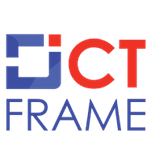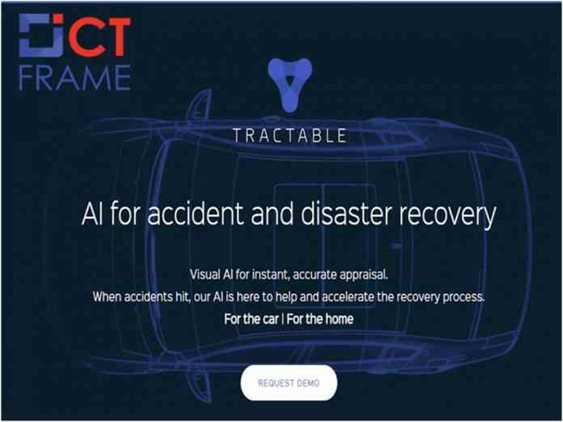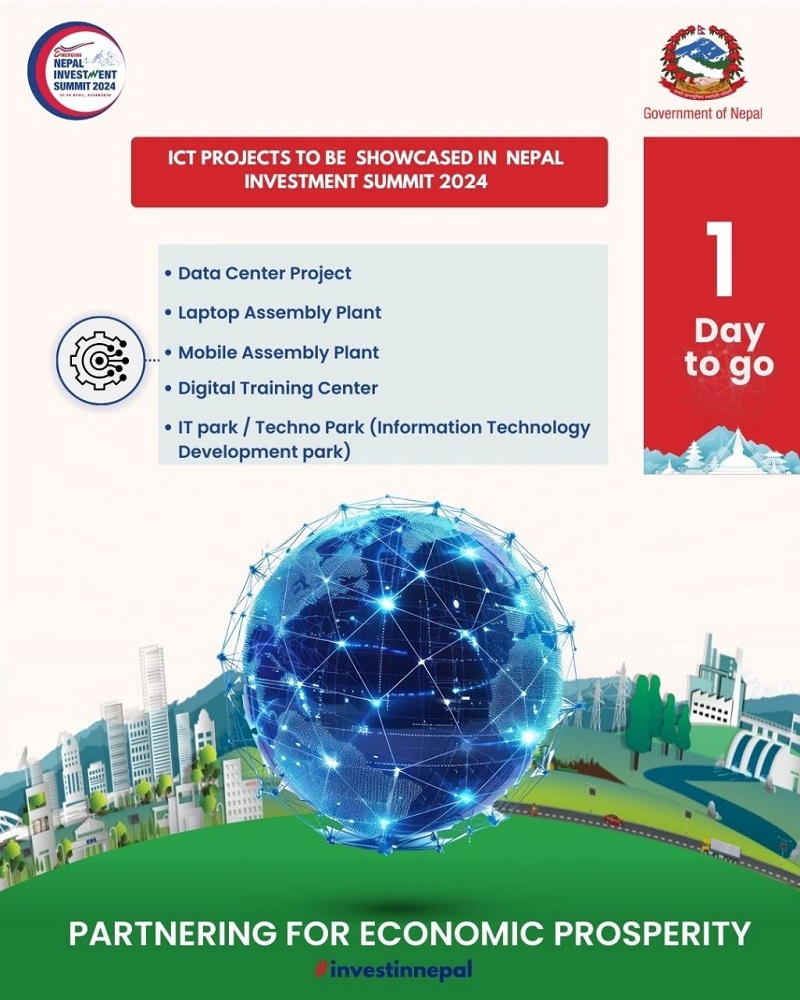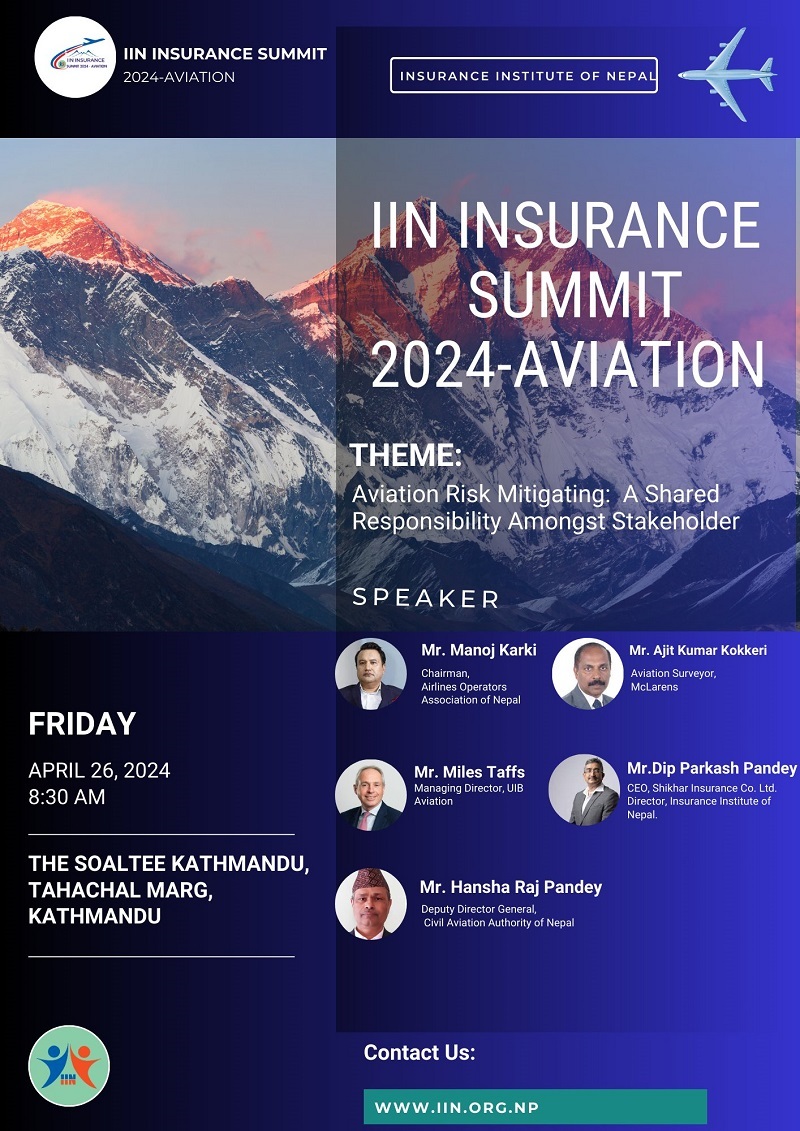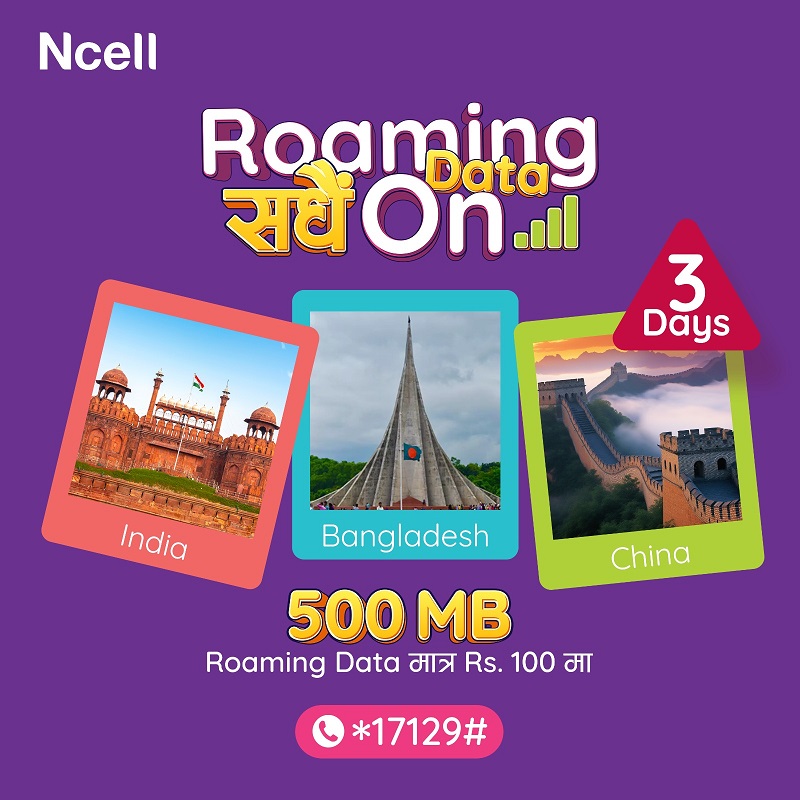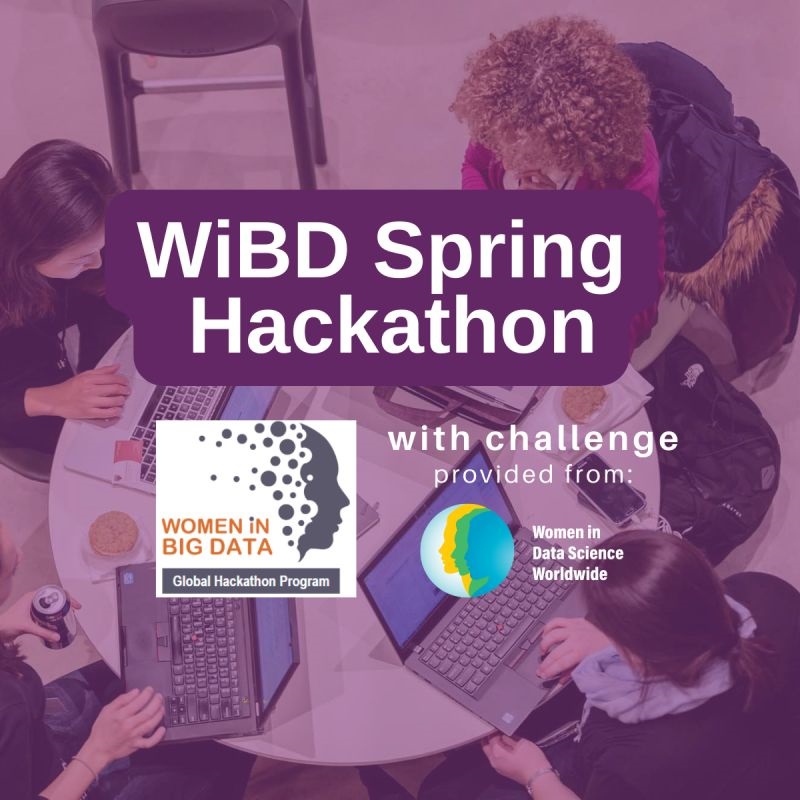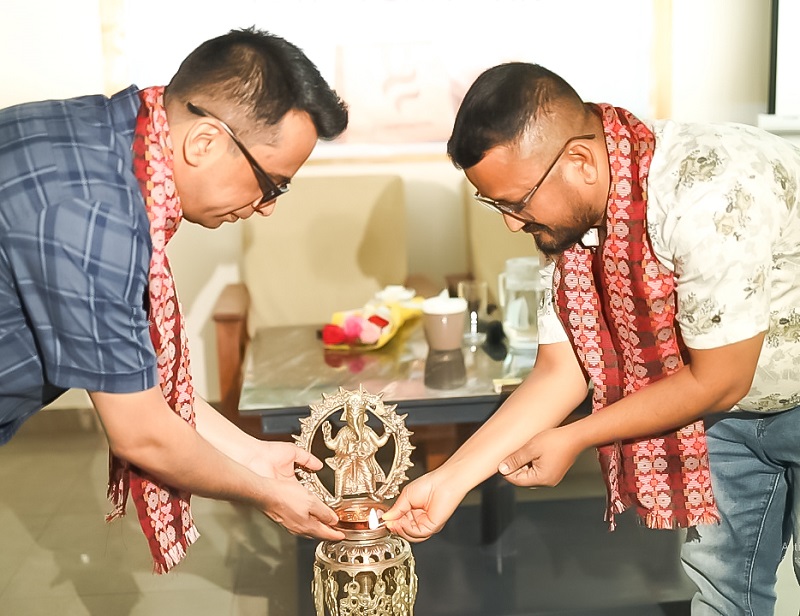26th July 2021, Kathmandu
Today, the worth of Tractable is $1 billion. A leading AI company, Tractable has products that helped many of the largest P&C insurers, manufacturers, fleet owners worldwide along with their customers. We utilize artificial intelligence for photos and video, creating fast and accurate assessments.
The co-founder and CEO of Tractable AI are Alexandre Dalyac. Millions of people use this AI across the world to recover faster from road accidents. It also helped in recycling as many cars as Tesla puts on the road.
Tractable was just Alex and Raz (Razvan Ranca, CTO) about 6 years ago. They were two college grads coding in a basement. Here’s how they did it and what they learned through this process.
Build upon a fresh technological breakthrough
Dalyac says, “I was blessed to get into artificial intelligence (more specifically, deep learning) six months before it came to light in 2013. It began when I took a course on Coursera by Geoffrey Hinton called “Machine learning with neural networks.” It was like being love-struck. AI was science fiction, exactly like “The Terminator” to me back then.”
However, the academic field was among a resurgence said by an article in the tech press. By reprogramming GPUs (graphics cards),100x larger training data sets and 100x higher compute power became available. In image classification, a huge leap in predictive performance had been achieved a year earlier. This indicated just like humans; computers were starting to understand what’s in an image.
After that, the next step was taking this technology out into the real world. We built a plant recognition app with deep learning while at university — Imperial College London — teaming up with much more skilled people. We walked our professor through Hyde Park as we watch him take photos of flowers with the app and laughing with delight as the AI identified the right plant species. This wasn’t possible before.
I focused on image classification with deep learning, and then I started spending every spare moment there. Yet, it wasn’t in the news, and no one was talking about it, not even Imperial’s computer vision lab. I seemed like I was in on a revolutionary secret.
Watching behind, narrowly focusing on a branch of applied science that hadn’t yet reached the business world and undergoing a breakthrough paradigm shift changed everything.
Search for complementary co-founders/best friends
I’d previously been rejected from one of the world’s best incubators, Entrepreneur First (EF). I was rejected for not knowing anything about tech. I applied again after changing that.
I met Raz at the last interview, which was a hackathon. He had apparently topped EF’s technical test. He was at Cambridge doing machine learning research and also published papers on reconstructing shredded documents and on poker bots that could identify bluffs. “I intented to find data-driven solutions to currently intractable problems.” Now that had a ring to it (and where we’d get the name for Tractable), read His bare-bones webpage.
We coded all night in that hackathon. The morning after, we both knew something special was happening between us. We stayed together and would spend years side by side. From waking up to Pantera in the morning to coding marathons at night, it was 24/7.
Without Adrien (Cohen, president), who joined as our third co-founder, we also wouldn’t have got where we are right after our seed round. Adrien previously co-founded an online supermarket in South East Asia named Lazada, just like Amazon and Alibaba, which was later sold to Alibaba for $1.5 billion. Adrien taught us how to establish a business, encourage trust, and hire world-class talent.
Find potential customers at an early stage to work out the market fit.
With a paying customer, tractable started with EF with a head start. Plastic pipe welding was our first application.
Glamorous as it sounds, it was amazing. Plastic pipes are used to carry water and natural gas to your home. Welding seams attach them means the two plastic ends melt, connect, allow to cool, and solidify again as a unit. To ensure good quality, the image classification AI could visually check people’s welding settings. For the groundbreaking of AI, it was a real value.
In the end, when we were raising our first-round funding, our only paying customers stopped working with us. Luckily for us, the number of pipe weld inspections was too small a market to interest investors. Hence, we examined other use cases like utilities, geology, dermatology, and medical imaging.
